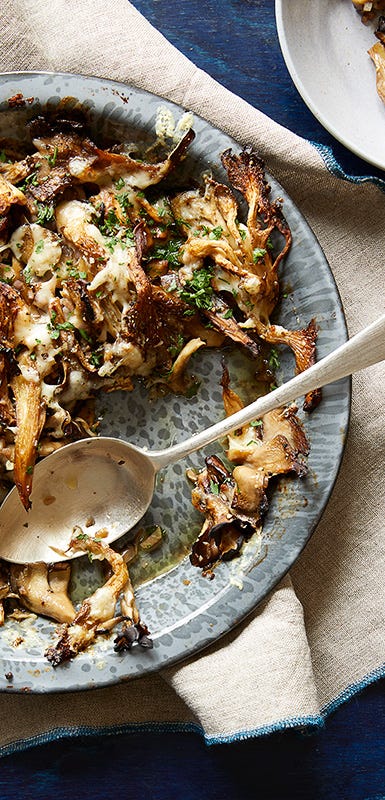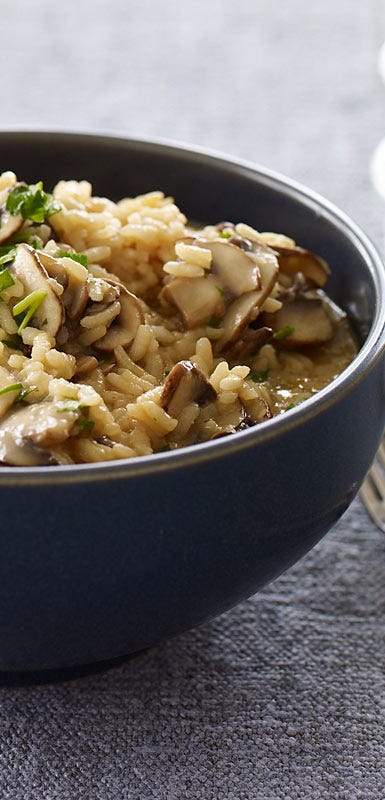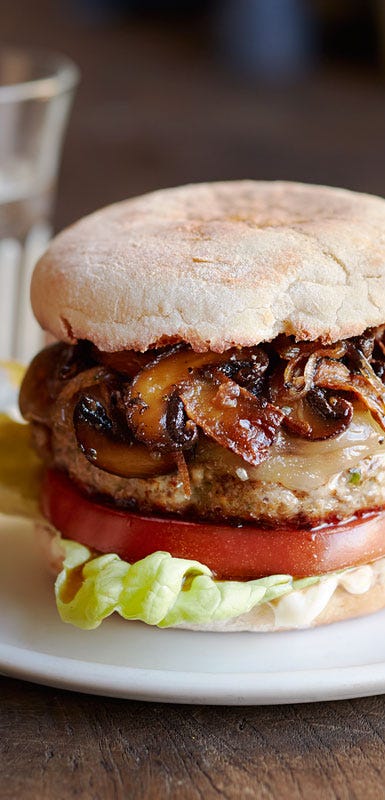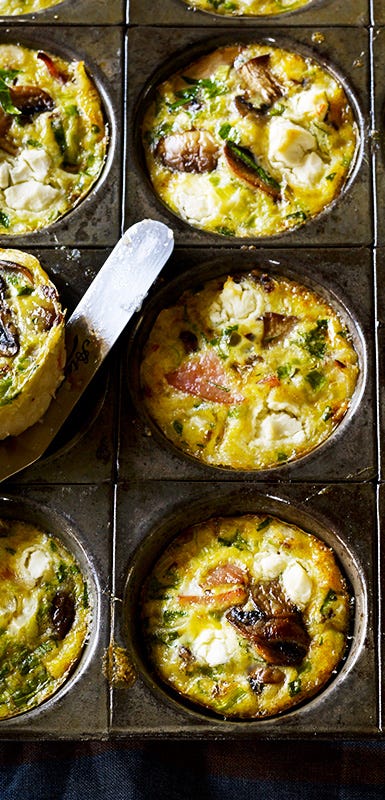Market Watch: Mushrooms
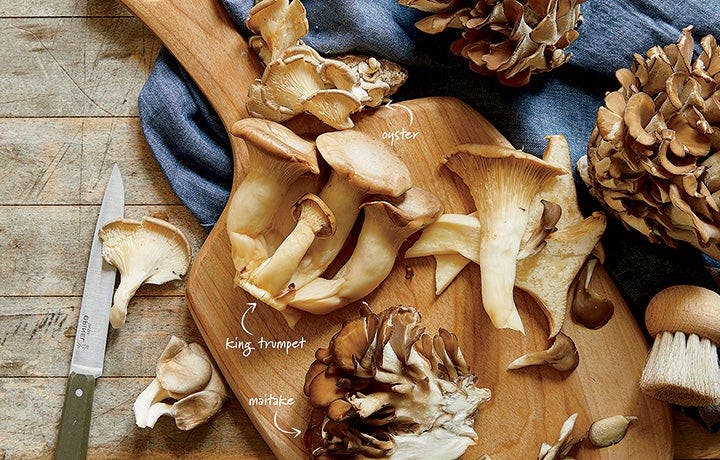
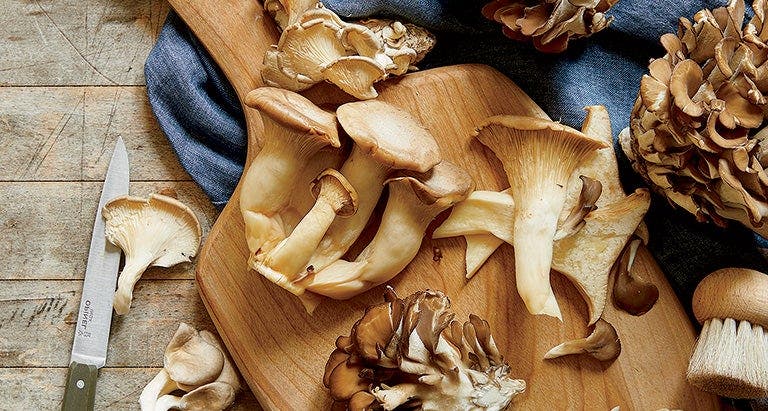
I’ve eaten all kinds of exotic items on my travels, but I’ve never dared to forage for wild mushrooms myself; it’s a job best left to professionals, who can judge which are safe to eat. I’m always thrilled, though, to taste these savory treasures, whether foraged or farmed, and enjoy their intense flavors and varied textures. Some widely available varieties are maitake, porcini, chanterelle, morel, shiitake, king trumpet, and oyster. Foraged mushrooms are seasonal, but cultivated varieties are typically available all year round.
What the wild things are (at your grocery store)
Hen-of-the-woods, or maitake, resemble a plump chicken sitting on a nest. The rosette of “feathers” can grow to as much as 100 pounds. Maitakes can be fibrous—slow cooking tenderizes them and brings out their sweetness. Cultivated specimens are clean—just pull apart the feathers and they’re ready to cook.
Oyster mushrooms are harvested on tree trunks and fallen logs, and some are also cultivated. Pearl white to gray, they grow in clusters that look like oyster shells. They’re delicate and tender, cook quickly, and are terrific in stir-fries and soups. Caps are attached to a single stem that should be removed if tough.
King trumpets, also called king oyster, are buttery, sweet, and look like stout bowling pins with little flat caps. They’re firm and stand up well to stir-frying. They keep longer than other wild mushrooms, and they also take more time to cook.
Delicious ways to use them
Mushrooms shine when simply sautéed, and they complement other ingredients beautifully. Here are some ways to enjoy them:
- Tuck some into an omelette, or stir them into scrambled eggs.
- Combine them with Greek yogurt to make a creamy sauce for pasta or baked potatoes.
- Toss them into spinach salad in place of bacon.
How to pick ‘em
Mushrooms should look fresh—not dried out, damp, or slimy—and should smell pleasantly earthy. Refrigerate them in a paper bag in the crisper, and they’ll keep for several days to a week.

